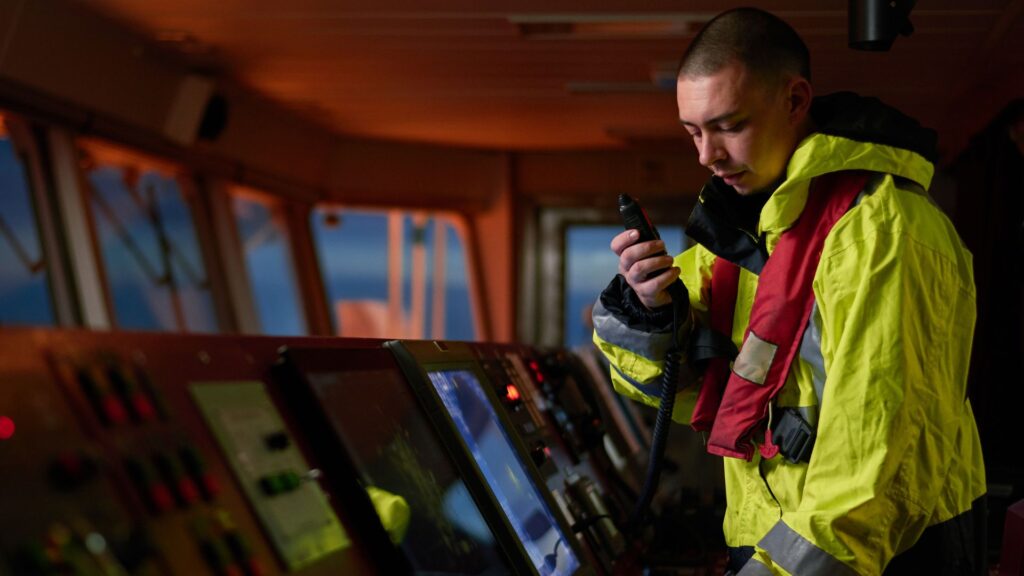8 Steps to Install A UHF/VHF Radio System for Maritime Vessels
UHF/VHF radio systems for maritime vessels, are indispensable tools for communication, enabling vessels to stay connected with onshore authorities, other ships, and emergency services.
Effective communication is essential for the safe and efficient operation of maritime vessels. In this blog, we will explore the importance of UHF/VHF radio systems for maritime vessels and provide a step-by-step guide on how to install them.
Step 1: Assess Your Needs
Determine the type and range of communication required (short-range VHF or longer-range UHF). Identify the specific frequencies allocated for maritime use in your area.
Step 2: Acquire Equipment
Purchase UHF/VHF radio transceivers, antennas, coaxial cables, and power supplies from reputable suppliers, while ensuring that the equipment is certified for maritime use and meets regulatory requirements.
Step 3: Mount the Antenna
Install a suitable antenna at a high point on your vessel to maximize signal coverage. Ensure the antenna is securely fastened and properly grounded to prevent interference.
Step 4: Connect the Transceiver
Install the UHF/VHF transceiver in a dry, well-ventilated location. Connect the transceiver to the antenna using high-quality coaxial cables
Step 5: Power Supply
Provide a stable power source for the transceiver, adhering to voltage and current requirements. Install a backup power source, such as a battery, to ensure communication during power outages.

Step 6: Configure the System
Program the transceiver with the appropriate frequencies, channels, and settings. Set up call signs and communication protocols as per regulations.
Step 7: Test the System
Conduct comprehensive tests to ensure that the radio system is functioning correctly. Verify that you can communicate with other vessels and shore-based stations.
Step 8: Maintain and Monitor
Regularly inspect and maintain your UHF/VHF radio system to ensure its reliability. Keep abreast of updates to maritime regulations and technology advancements.

Not as Easy As it Seems
While the installation process may seem easy, broken down into 8 steps, it requires careful planning and experience to effectively commission the system.
Given that UHF/VHF radio systems on maritime vessels are crucial for ensuring safety, compliance with regulations, and efficient communication at sea, it is best to get a professional team on the job.
Team Vivo Asia is an expert and experienced group of engineers, technicians and drafters who can help you not only design an optimum system, but also install, test and monitor it.
